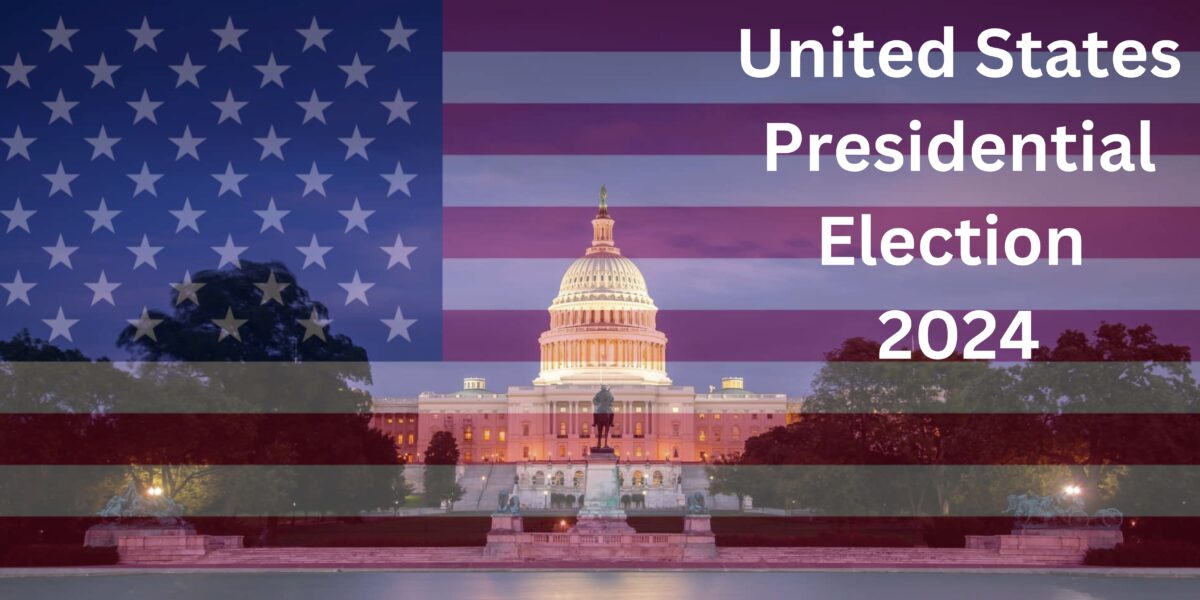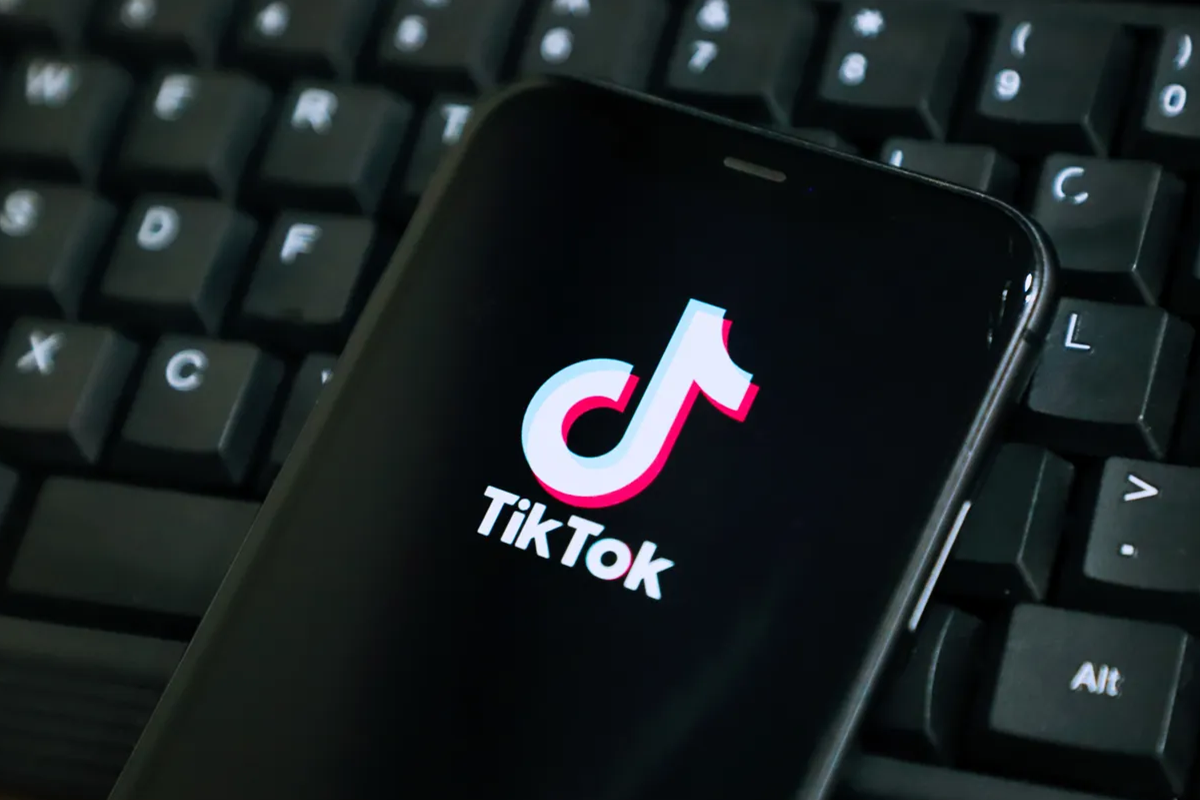The US Presidential Election 2024 Process

The United States presidential election is a complex and fascinating process that determines the country’s highest office. In this article, we’ll delve into the intricacies of the 2024 election, exploring the steps involved, the role of political parties, and the significance of the Electoral College.
1. Eligibility Criteria for Presidential Candidates
Before diving into the election process, let’s understand who can run for the presidency. According to the U.S. Constitution, a presidential candidate must meet the following requirements:
- Natural-Born Citizen: The candidate must be born with U.S. citizenship. This includes individuals born within the United States, children of U.S. citizens born abroad, and those born abroad to at least one U.S. citizen parent.
- Residency: The candidate must have been a resident of the United States for at least 14 years.
- Age: The candidate must be at least 35 years old.
2. The Five Steps of the Presidential Election Process
Step 1: Primaries and Caucuses
- Purpose: To select each party’s nominee for the general election.
- Process:
- Candidates from various political parties campaign across states.
- Primaries (state-level elections) and caucuses (local meetings) allow party members to vote for their preferred candidate.
- Winning delegates in these contests is crucial for securing the party’s nomination.
Step 2: National Conventions
- Purpose: To officially nominate the presidential and vice-presidential candidates.
- Process:
- Each major party holds a national convention.
- Delegates from states gather to cast their votes.
- The chosen candidate becomes the party’s official nominee.
Step 3: General Election Campaigning
- Purpose: To appeal to voters nationwide.
- Process:
- The nominated candidates campaign across the country.
- Debates, rallies, and media appearances play a significant role.
- The goal is to win the popular vote.
Step 4: General Election (Popular Vote)
- Purpose: To determine the winner based on the overall popular vote.
- Process:
- On Election Day (usually the first Tuesday in November), citizens cast their votes.
- The candidate who receives the most votes nationwide wins the popular vote.
Step 5: Electoral College
- Purpose: To elect the president indirectly.
- Process:
- Each state has a set number of electors (equal to its congressional representation).
- Electors pledge to vote for the candidate who wins their state’s popular vote.
- The candidate who secures at least 270 out of 538 electoral votes becomes the president.
3. The 2024 Election: What to Expect
- The 2024 United States presidential election will take place on Tuesday, November 5, 2024.
- Voters will elect both the president and vice president for a four-year term.
- Major party candidates will compete in primaries and caucuses to secure their party’s nomination1.
- Keep an eye on the timeline of events leading up to this historic election, as it will be the first to incorporate population data from the 2020 census2.
In conclusion, the U.S. presidential election process is a blend of democratic principles, political maneuvering, and constitutional checks and balances. As citizens, our votes shape the future of the nation, making this process both significant and awe-inspiring. 🗳️🇺🇸
Certainly! Let’s delve deeper into the intricacies of the U.S. presidential election process:
4. Additional Details on the Presidential Election Process
Primaries and Caucuses
- Types of Primaries:
- Closed Primaries: Only registered party members can participate.
- Open Primaries: Voters from any party can participate.
- Semi-Closed Primaries: Registered party members and unaffiliated voters can participate.
- Semi-Open Primaries: Unaffiliated voters and voters from any party can participate.
- Caucuses: Local meetings where party members discuss and vote for their preferred candidate.
- Delegate Allocation:
- Delegates are awarded proportionally based on the vote share in each state.
- Superdelegates (party leaders and elected officials) also play a role in some cases.
National Conventions
- Convention Atmosphere:
- National conventions are grand events where party members, delegates, and political enthusiasts gather.
- Speeches, endorsements, and platform discussions take place.
- Nomination Process:
- The chosen candidate delivers an acceptance speech.
- The vice-presidential candidate is also officially nominated.
General Election Campaigning
- Campaign Strategies:
- Candidates focus on swing states (states with uncertain outcomes).
- Ground game (door-to-door canvassing) and media campaigns are crucial.
- Debates:
- Presidential debates allow candidates to present their policies and engage in direct exchanges.
- Vice-presidential debates also occur.
General Election (Popular Vote)
- Electoral Votes vs. Popular Vote:
- The popular vote reflects the overall preference of citizens.
- However, the president is not directly elected by the popular vote.
- The Electoral College system determines the winner.
Electoral College
- Electors:
- Each state has a set number of electors (equal to its congressional representation).
- Electors pledge to vote for the candidate who wins their state’s popular vote.
- 270 Magic Number:
- A candidate needs at least 270 out of 538 electoral votes to win the presidency.
- If no candidate reaches 270, the House of Representatives decides.
5. The 2024 Election: Key Points
- Population Shifts:
- The 2020 census data will impact electoral votes.
- States gaining or losing seats may alter the electoral map.
- Third Parties:
- Keep an eye on third-party candidates and their potential influence.
In summary, the U.S. presidential election process combines democratic principles, political maneuvering, and constitutional checks. As citizens, our participation shapes the nation’s destiny.
Certainly! Let’s pick up where we left off:
6. Election Day and Beyond
Election Day (General Election)
- Voting Process:
- On Election Day (usually the first Tuesday in November), citizens head to the polls.
- They cast their votes for their preferred presidential candidate.
- The popular vote reflects the overall preference of the nation.
- Counting Votes:
- State officials tally the votes.
- The candidate who receives the most votes nationwide wins the popular vote.
Electoral College Decision
- Electoral Votes:
- Each state has a set number of electors (equal to its congressional representation).
- Electors pledge to vote for the candidate who wins their state’s popular vote.
- 270 Magic Number:
- To secure the presidency, a candidate needs at least 270 out of 538 electoral votes.
- If no candidate reaches this threshold, the House of Representatives decides the winner.
7. Post-Election Transition
- Inauguration Day:
- On January 20 following the election, the president-elect is sworn into office.
- The inauguration ceremony takes place on the steps of the U.S. Capitol.
- Transition Period:
- The outgoing president and incoming president coordinate the transition.
- The president-elect assembles their cabinet and prepares to govern.
8. The Role of Third Parties
- Minor Parties:
- While the Democratic and Republican parties dominate, third parties play a role.
- Examples include the Libertarian Party, Green Party, and Constitution Party.
- Impact on the Election:
- Third-party candidates can influence the outcome by siphoning votes from major party candidates.
- Their presence often sparks debates about strategic voting.
9. Conclusion: Democracy in Action
The U.S. presidential election process is a remarkable blend of democratic principles, historical context, and constitutional checks. As citizens, we participate in shaping the nation’s destiny through our votes. Whether you’re a political enthusiast or a casual observer, the election season is a time of anticipation, debate, and reflection.
Remember, every vote counts, and the journey from primaries to inauguration is a testament to the resilience of American democracy.
Certainly! Let’s continue our exploration of the U.S. presidential election process:
10. Inauguration Day and Beyond
Inauguration Day
- Swearing-In Ceremony:
- On January 20 following the election year, the president-elect is officially sworn into office.
- The inauguration ceremony takes place on the steps of the U.S. Capitol in Washington, D.C.
- The Chief Justice of the Supreme Court administers the oath of office.
- Symbolism and Tradition:
- The peaceful transfer of power from one administration to another is a hallmark of American democracy.
- The outgoing president attends the inauguration to demonstrate unity and continuity.
Transition Period
- Coordinating the Transition:
- During the transition, the outgoing president and the president-elect work together.
- They exchange information, discuss policies, and ensure a smooth handover.
- Assembling the Cabinet:
- The president-elect selects individuals for key positions in the administration.
- These include the Secretary of State, Secretary of Defense, Attorney General, and other cabinet members.
- Preparing to Govern:
- The incoming president prepares to take on the responsibilities of the office.
- Briefings, security updates, and policy discussions are part of this process.
11. The Role of Third Parties
- Minor Parties and Independent Candidates:
- While the Democratic and Republican parties dominate the political landscape, minor parties also participate.
- Examples include the Libertarian Party, Green Party, and Constitution Party.
- Third-party candidates often raise important issues and challenge the status quo.
- Impact on the Election Outcome:
- Third-party candidates can influence the election by drawing votes away from major party candidates.
- Their presence sparks debates about strategic voting and ideological diversity.
12. Conclusion: Democracy in Action
The U.S. presidential election process is not just a series of events; it’s a reflection of the nation’s values, aspirations, and collective voice. From the primaries to the inauguration, citizens engage in a remarkable exercise of democracy. As we witness the campaigns, debates, and electoral dynamics, we recognize that our votes shape the course of history.
So, whether you’re a seasoned political observer or a first-time voter, embrace the privilege and responsibility of participating in this democratic journey.
Read more US Election campaign 2024 – click here.

